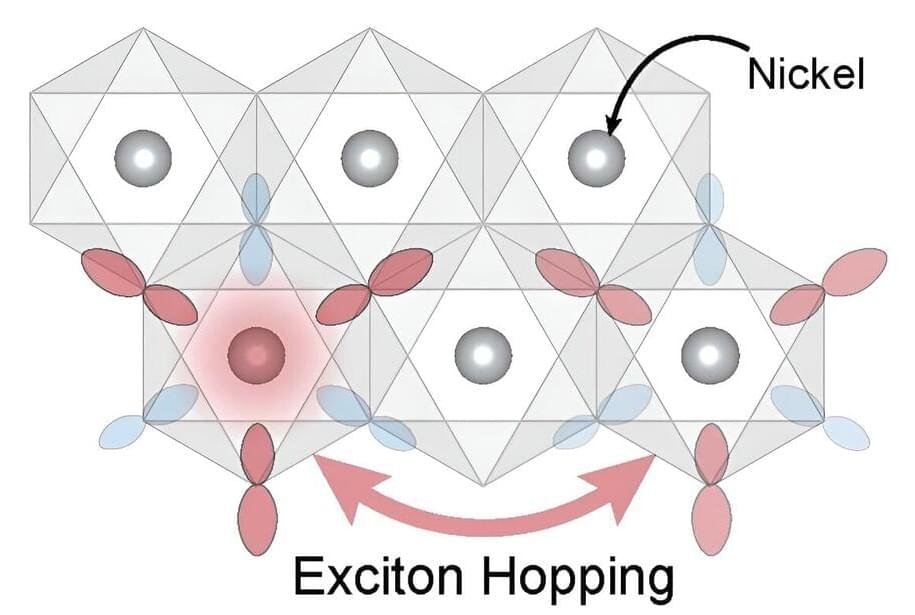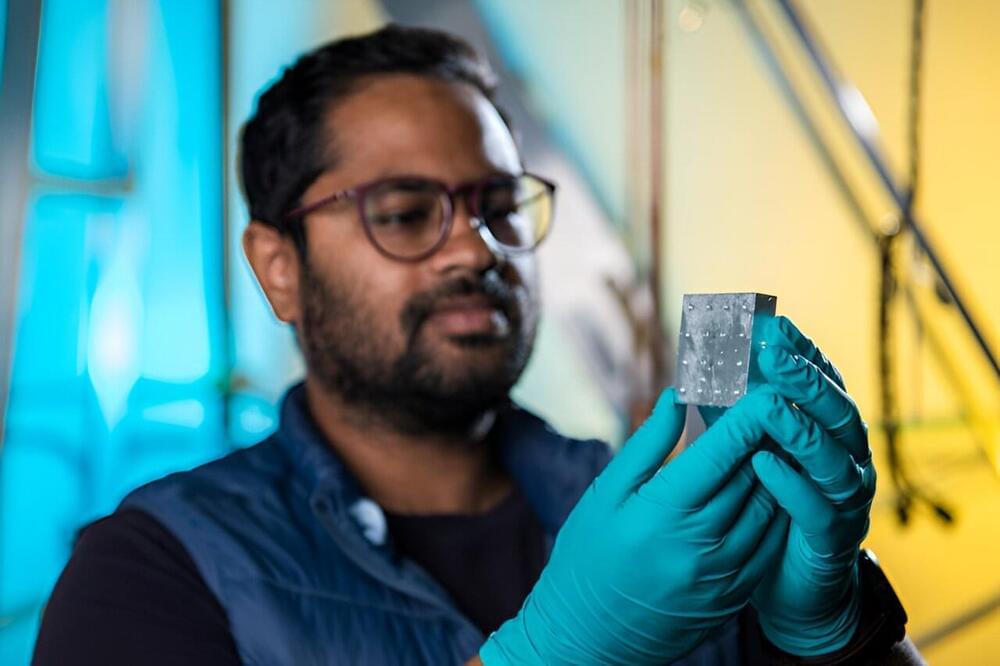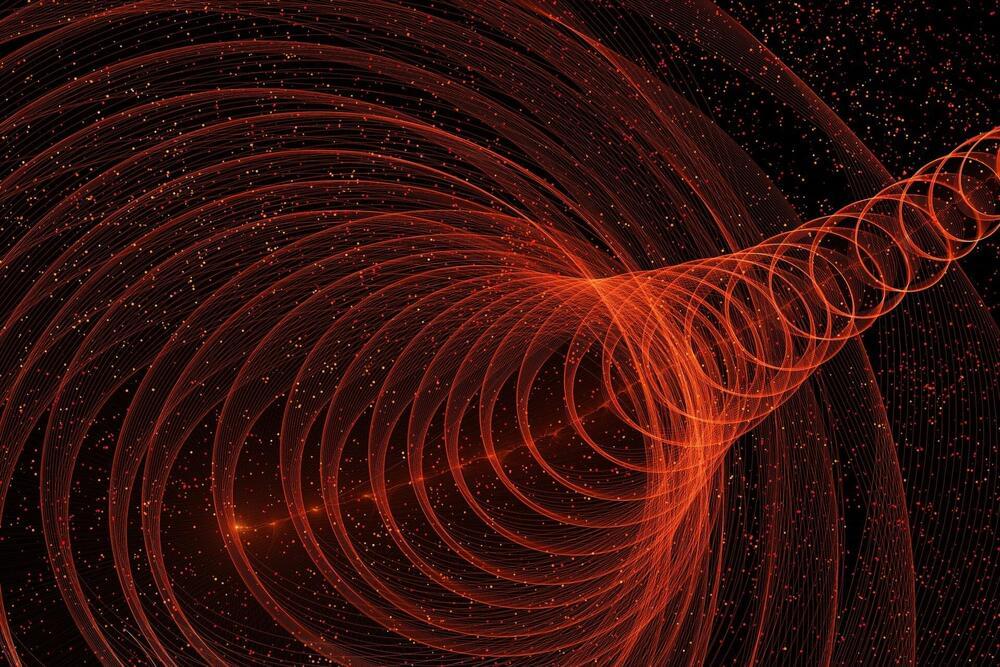Aug 2, 2024
Physicists report new insights into exotic particles key to magnetism
Posted by Saúl Morales Rodriguéz in categories: materials, particle physics
MIT physicists and colleagues report new insights into exotic particles key to a form of magnetism that has attracted growing interest because it originates from ultrathin materials only a few atomic layers thick. The work, which could impact future electronics and more, also establishes a new way to study these particles through a powerful instrument at the National Synchrotron Light Source II at Brookhaven National Laboratory.
















